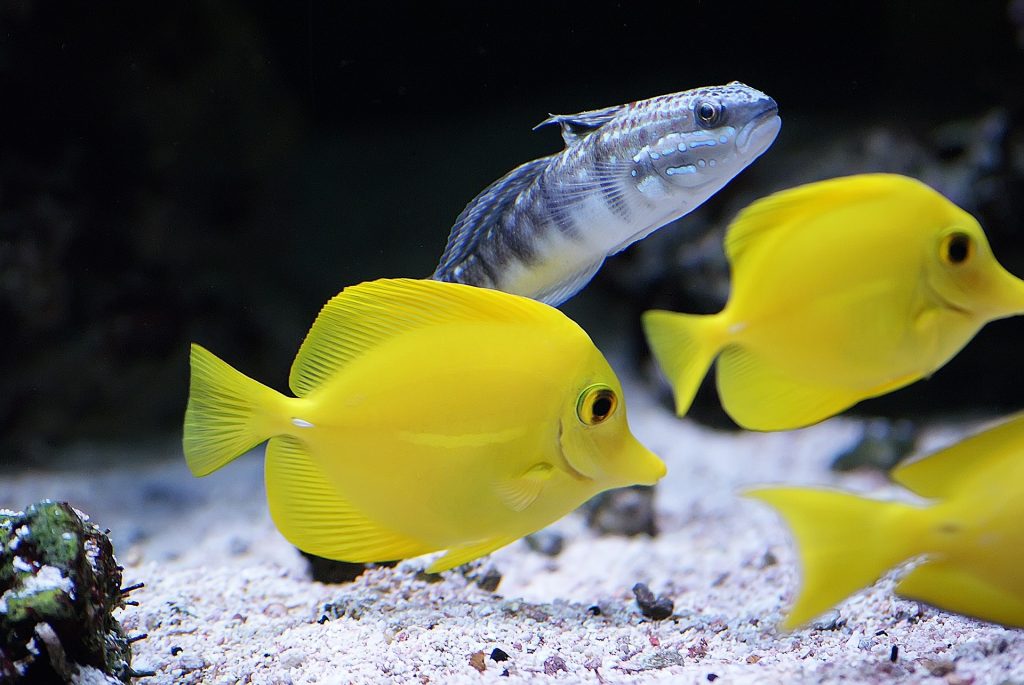Regular, periodic, partial water changes are mandatory to maintain proper water quality and the only means by which nitrates can be maintained at acceptable levels. The gravel should be simultaneously vacuumed to remove trapped debris and uneaten food. Frequency will depend upon aquarium size, the species, size and number of fish, feeding habits and filtration quality.

• A minimum of 25% of water volume should be changed every two weeks.
• Unplug aquarium heater(s) before beginning.
• Remove ornamentation other than live plants. “Walk the gravel cleaner across the entire bottom of the aquarium, agitating the gravel in the gravel cleaning tube until the water being removed flows clean.
• Refill the aquarium with tap water of the same temperature and pH as that of the aquarium water, after having added the prescribed amount of dechlorinator and aquarium salt (for marine tanks) to the water.
• Saltwater must be premixed and aerated or agitated for several hours to insure correct salinity and pH before being added to the aquarium.
• Wait 15 minutes before plugging the heater(s) back in.
Medication
Many medications require water changes before, during and/or after treatment. These must be done in accordance with the manufacturer’s instructions. Medicating without correcting improper water quality will have no beneficial effect. All carbon and other media must be removed from the filters prior to medicating. Do not turn off the filter! Just remove the chemical component of the filter.
Pond
When water temperature exceeds 50°-55°F, 25% of the pond volume should be changed every 3-4 weeks. This schedule should be complemented with larger volume water changes (50%+) associated with spring and fall maintenance. Particular attention should be paid to water quality and the related necessity of water changes during the hot summer months, with frequent monitoring of pH and dissolved oxygen required.
